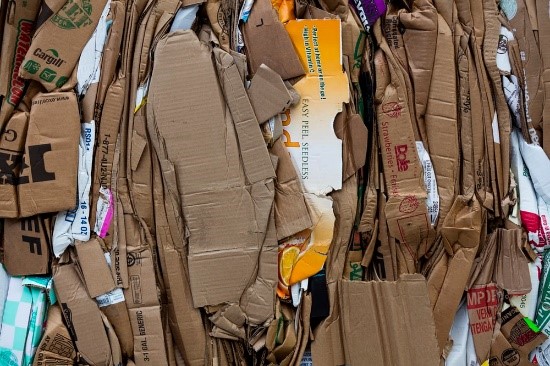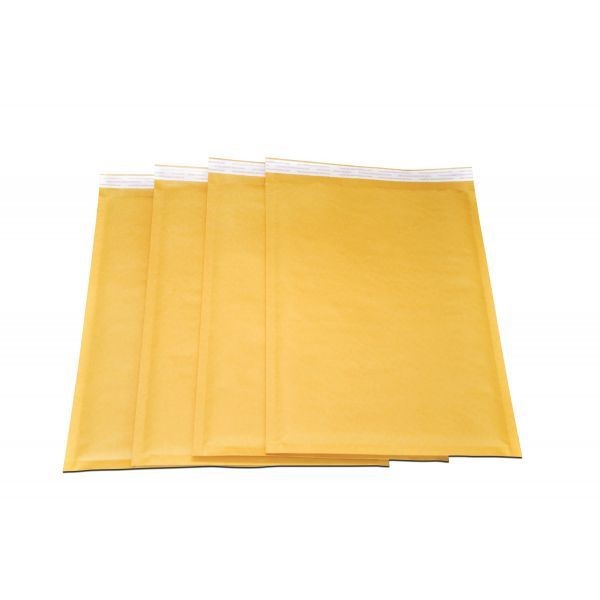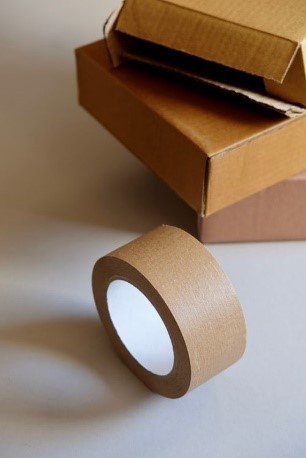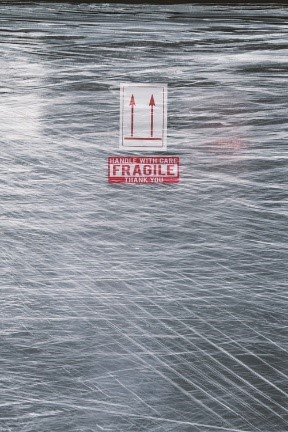
“Where do I put the recycling?” Tabitha asked Alan. She just started work at a warehouse, and she was keeping extra plastic scraps for a bin.
“Oh, we don’t have a bin. See that giant trash can—everything goes in there. I take it out once a week with one of the forklifts.” Feeling overly discouraged, Tabitha grabbed the excess stretch wrap and threw it into the trash bin. Plastics, cardboard, and scrap paper began to spill over the sides.
When companies are trying to push out product, recycling might seem like a waste of time. However, a couple small shifts within warehouse areas could reduce waste and help gain extra revenue. Check out steps companies can take to create better work atmospheres below.
1. Make Recycling A Daily Routine
Start with buying corrugated cardboard boxes that can be recycled further. Instead of throwing packaging leftovers in the trash, cut down old boxes and organize storage spaces within warehouse or office spaces.
Purchasing a recycling baler is a great option as well. A baler is designed to squish boxes into a compact form. These ‘bales’ of cardboard can be purchased and relocated to other areas. This saves companies time & storage space!
At the end of each day, crew members within warehouse areas can take 10 minutes to flatten boxes for the baler. Stretch wraps and other plastics can also have an allocated area.
According to Whitaker Brothers, a company that specializes in data destruction and recycling product, “Cardboard is going anywhere from $10.00-$70.00 per bale depending on your geographic location. At a pickup rate of 6 bales for pickup, you could earn anywhere from $60.00 to $420 per pickup.” That’s a good chunk of change for recycling!
 2. Label Recycling Materials for Customers
2. Label Recycling Materials for Customers
Most buyers do not know how to recycle certain product. Adding a recycling “cheat sheet” to each package could become a valued practice over time. On this cheat sheet, provide specific instructions on how to recycle common materials.
For example, for a Kraft Bubble Mailer it might read: “Cut apart bubble liner from kraft paper. Recycle separately.” Customers now have essential information to pursue recycling further.
3. Educate Coworkers on Packaging Materials
When training new employees, make sure to mention your recycling habits and eco-friendly solutions. Teach all employees how to use balers to break down boxes and reduce waste. During the first week of training, managers might teach new staff members differences in packaging materials.
Smaller items can be shipped within Poly Bubble Mailers. These durable mailers have a bubble wrap lining to absorb shock during transit. Not to mention, Poly Bubble Mailers take up less space than currogated boxes. Buyers are not only saving on shipping costs, but they are using less material during transit. By using the right packaging products, companies are keeping excess waste out of landfills.
 4. Create Minimial Packaging Design
4. Create Minimial Packaging Design
Employees can also team up with marketing personel to design packaging that does not break the bank. Simplistic or elegant designs can draw in customers to purchase an item.
Overall, packaging becomes effective when you can convey a meaningful message. Individuals can often send a great message with minimal packaging while saving on the overall cost. The less packaging created—the less material ends up in trash containers.
5. Get Creative Packing Shipments
Minimal packaging does not mean unsafe. Most distribution sites have excess materials to line shipments. Plastic bags filled with air or bubble wraps prevent items from breakage. If your distribution center is attached to an office, consider using shredded scrap paper to line the inside of packages. Add a small note to the item that mentions the paper can be recycled for further use. Saving precious plastic from trash cans and landfills is a great choice overall.
 6. Use Stretch Wrap for Larger Shipments
6. Use Stretch Wrap for Larger Shipments
Stretch Wrap safeguards large shipments or pallets from damage during transit. After cutting open stretch films, notify employees to take take any plastic packaging or carboard tubing to the nearest recycling bin. Durable, stretch films from PackagingSuppliesByMail are completely recyclable.
We hope these small shifts in recycling create big waves over time. Our desire is that every corporation eventually makes recycling valued plastics and cardboard products a priority. Employers knowing that items are not being placed into landfills is worth the extra hassle.
Like this post? Join us on LinkedIn, Facebook, Twitter, Instagram, and Pinterest to be notified when new articles are released. Catch up on the latest articles in our blog.
Related Articles



